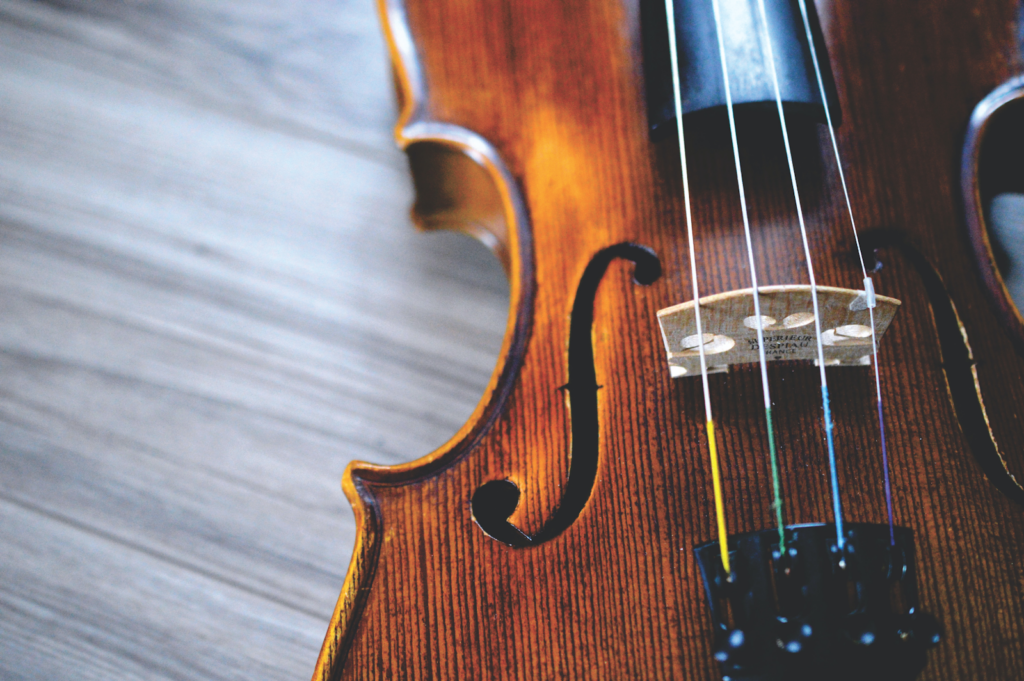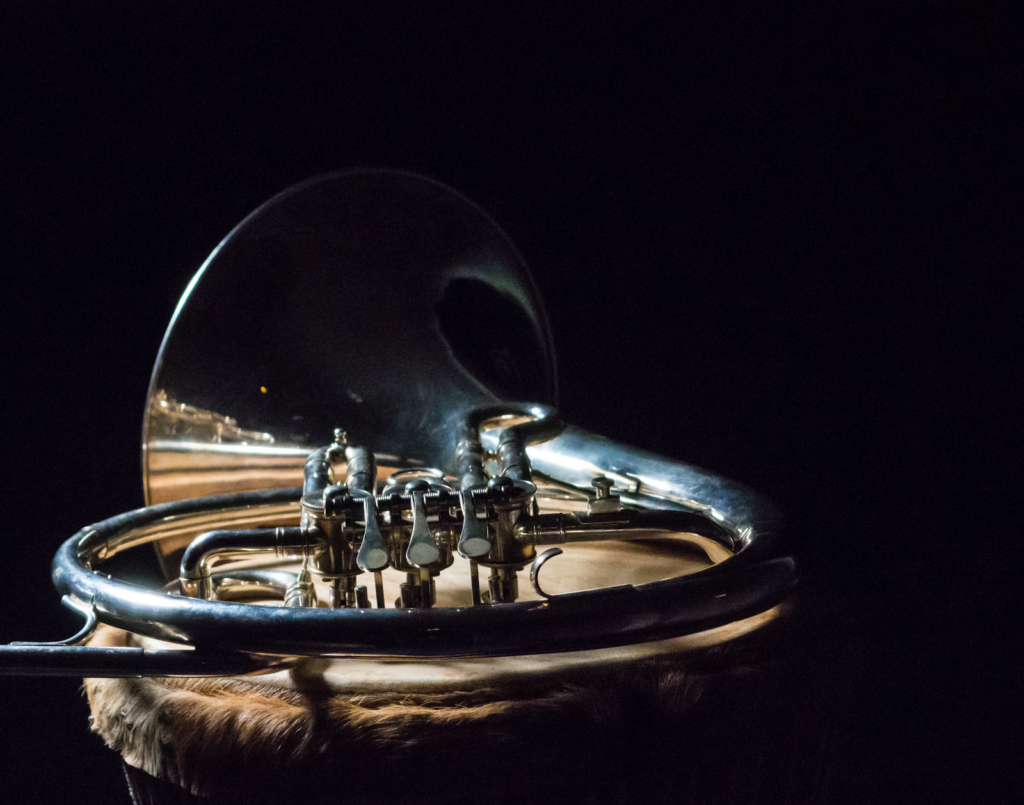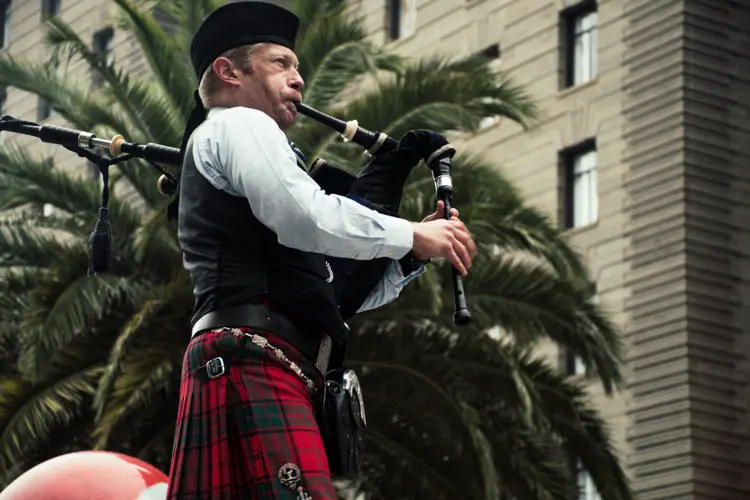In the realm of musical instruments, there exists an array of choices, each offering a unique charm and complexity. Whether you’re strumming the strings of a guitar, tickling the ivories of a piano, or blowing life into a saxophone, the world of music is a mesmerizing tapestry of sound.
However, for those seeking the ultimate challenge, a select few instruments stand as the zenith of difficulty. In this comprehensive exploration, we’ll delve into the hardest instruments to play, letting you know why they’re so difficult to master – but why they’re worth the effort anyway.
Understanding the Musical Landscape
To embark on this sonic journey, it’s vital to understand the diverse world of musical instruments. Musical instruments can be broadly categorized into several families, each requiring distinct skills and techniques. The primary categories are:
String Instruments: These instruments produce sound by vibrating strings. Prominent examples include the violin, cello, and harp.
Brass Instruments: Sound is created by the vibration of the player’s lips in a brass instrument. The French horn is a notable member of this family.
Woodwind Instruments: These instruments generate sound through the vibration of air within a hollow tube. The flute, clarinet, and saxophone are classic examples of woodwind. They’re also classed as reed instruments, so don’t be surprised if you hear them called by that name, too! Double reeds include the bassoon, oboe, and English horn.
Percussion Instruments: Sound is produced by striking or shaking the instrument. Drums, xylophones, and tambourines are well-known percussion instruments.
Keyboard Instruments: These instruments, like the piano and organ, create sound through the striking of keys that trigger hammers to strike strings or produce other sound mechanisms.
With this foundational knowledge, let’s venture into the challenges posed by three of the most demanding instruments: the violin, the harp, and the French horn.
Looking for the easiest instruments to play? Check out this article.
1. The Violin: A Stringed Symphony

The violin, with its delicate curves and exquisite craftsmanship, is often regarded as one of the most difficult instruments to master. This slender stringed instrument holds a special place in the hearts of musicians and audiences alike. But what makes the violin so formidable?
String Instruments: A World of Complexity
Like other stringed instruments, the violin relies on the player’s deft manipulation of strings to create sound. It may appear deceptively simple, but the challenges begin with the very basics: finger placement. The violin’s fingerboard is fretless, meaning that the player must develop an acute sense of pitch and train their fingers to hit precise notes.
Furthermore, producing a clear and resonant sound on a violin demands impeccable bowing technique. The bow, usually made of horsehair, must be drawn across the strings with precision. Variations in pressure, speed, and angle of attack are essential for crafting the desired tone and expression. Even the slightest deviation from the correct finger placement or bowing technique can result in a screeching, unpleasant sound.
Despite its formidable reputation, the violin has been a muse for countless musicians throughout history. It offers a vast repertoire that spans centuries. From the soaring melodies of Vivaldi to the passionate compositions of Paganini, the violin is an instrument that rewards dedication with the ability to convey profound emotion.
2. The Harp: Strings of Serenity

In the world of string instruments, the harp reigns as an instrument of ethereal beauty and grace. With its cascading strings and angelic sound, this instrument has captured the imagination of musicians and audiences for centuries. Yet, beneath its serene exterior lies a world of challenge and complexity, making it one of the hardest instruments to master.
A Multitude of Strings
The harp is known for its multitude of strings, typically ranging from 22 to 47, each tuned to a specific note. This abundance of strings introduces an inherent complexity, as the harpist must navigate this intricate web to produce harmonious melodies. Unlike the fretted fingerboard of a guitar, the harp’s strings are open, demanding precision in finger placement.
Modern concert harps often feature pedals that allow for the alteration of individual string pitches. This innovation, known as pedal harping, adds a layer of complexity to the instrument. Harpists use their feet to manipulate these pedals while playing, adjusting the pitch of strings in real time to achieve the desired sound.
Despite its challenges, the harp rewards its players with a uniquely enchanting sound that can transport listeners to otherworldly realms. Whether in the hands of a soloist or as part of an ensemble, the harp’s delicate resonance adds a touch of magic to any musical composition.
3. The French Horn: Triumph of Brass

In the world of brass instruments, the French horn stands as an emblem of elegance and complexity. Its winding tubes and distinctive bell shape make it a unique and challenging instrument to master. But what sets it apart from other brass instruments?
This instrument’s tubing is coiled into a complex shape, making it one of the most physically challenging brass instruments to play. This convoluted design results in a tightly wound instrument that requires exceptional breath control and embouchure.
The Art of Transposition
Unlike many other instruments, the French horn is a transposing instrument. This means that when a player reads music written for the horn, they must mentally transpose the notes to match the instrument’s pitch.
French horns have the unique ability to play both open and stopped notes. Stopping a note involves placing the hand inside the bell altering the pitch and timbre. Mastering this technique is essential for achieving the nuanced and expressive playing style that characterizes the French horn.
In orchestral settings, the French horn often plays a pivotal role, providing lush harmonies and stirring melodies. However, it requires exceptional teamwork and communication with other horn players to achieve perfect intonation and balance within the brass section.
4. The Organ: Grandeur in Sound

The pipe organ, often found in grand cathedrals and concert halls, is a colossal instrument that commands both reverence and curiosity. Its formidable appearance is matched by its intricate inner workings, which contribute to its status as one of the hardest musical instruments to play.
The organ produces sound by pushing air through a series of pipes, each meticulously crafted to produce a specific pitch. Organists must master the use of multiple manuals (keyboards), pedals, and stops, all while coordinating their hands and feet to create harmonious and majestic music.
The Art of Registration
A unique feature of the organ is the concept of “registration.” Organists can select different combinations of stops to achieve a wide range of tonal colors and dynamics. This requires a deep understanding of the instrument’s capabilities and a keen ear for timbral balance.
One of the organ’s greatest challenges lies in its dynamic range and expressive potential. From delicate, whispering sounds to thunderous, earth-shaking tones, mastering the nuances of the organ’s touch-sensitive keys and pedals is a feat that requires dedication and discipline.
Despite its formidable learning curve, the pipe organ has a rich history and a repertoire that spans centuries. Its ability to evoke grandeur and spirituality makes it a sought-after instrument for musicians with a penchant for musical excellence.
5. Bagpipes: Scotland’s Sonic Symbol

This woodwind instrument holds a special place in the heart of Scotland and has become a symbol of the nation’s heritage. Their distinctive sound is instantly recognizable, but mastering this instrument is no small task.
This is because Bagpipes operate on a unique principle. Air is supplied to the musical instrument through a bag, and the player controls the sound by squeezing the bag with their arm. Maintaining steady air pressure while simultaneously fingering the chanter (the melody pipe) and playing the drones (additional pipes that provide a constant tone) requires finesse and stamina.
The Harmonious Challenge
The fingering technique for bagpipes is different from most other wind instruments. Players must employ a combination of open and closed techniques to produce specific notes. This requires dexterity and practice to execute accurately.
Another aspect that sets bagpipes apart is tuning the drones. The drones must be perfectly tuned to the chanter, and adjustments are made by physically lengthening or shortening the drone pipes. Achieving and maintaining this harmony is a meticulous task that demands a finely tuned ear.
While the bagpipes may present unique challenges, they are deeply ingrained in Scottish culture and have a stirring, emotional quality that resonates with people worldwide. Mastering this instrument allows musicians to connect with the rich traditions of Scotland and share its music with others.
6. The Cello: A Melodic Marvel

The cello, part of the violin family, is often referred to as the “voice of the orchestra.” Its deep, resonant tones add warmth and depth to musical compositions. Yet, mastering the cello is a pursuit that demands precision and dedication.
The cello bow is substantially heavier and longer than the violin bow. This requires cellists to develop strength and control in their bowing arm. The pressure and speed applied to the strings greatly influence the timbre and volume of the sound produced.
Intimate Finger Placement
Unlike other instruments, the cello’s fingerboard is fretless, which means that precise finger placement is crucial for hitting the correct notes. Additionally, the cello’s larger size and longer strings demand a heightened level of finger strength and dexterity.
Cellists are often tasked with conveying the emotional core of a piece through their playing. This requires a deep understanding of phrasing, dynamics, and subtle nuances in bowing technique. Achieving an expressive singing quality on the cello is a lifelong pursuit.
The cello occupies a central role in orchestral music, providing the foundation for harmony and lending its voice to solo passages that tug at the heartstrings. While it poses unique challenges, mastering the cello offers the reward of becoming a vital part of the orchestra’s heartbeat.
7. The Ethereal Theremin: A Touchless Wonder

The theremin is unlike any other instrument. It is played without physical contact, making it one of the most unconventional and challenging instruments in existence.
The Magic of Electromagnetic Fields
The theremin produces sound through two antennas: one for pitch and one for volume. The player’s hands disrupt the electromagnetic fields around these antennas to create changes in pitch and volume. Mastering the theremin requires an extraordinary level of control.
Achieving precise pitch on the theremin is incredibly challenging due to its sensitivity. The player needs to move their hand in the vicinity of the pitch antenna without making direct contact, all while maintaining control over the continuously variable pitch.
Controlling volume on the theremin is equally demanding. Players must learn to control the distance of their hand from the volume antenna to create crescendos, diminuendos, and sudden dynamic changes. This requires a deep understanding of the instrument’s idiosyncrasies.
The theremin’s eerie, sci-fi sound has made it a favorite in film scores and experimental music. While it may be one of the most challenging instruments to play, its unique and ethereal qualities offer a distinct avenue for sonic exploration.
8. The Versatile Accordion: Bellows and Buttons

The accordion, with its wheezing bellows and array of buttons, is a testament to the diversity of musical instruments. This portable powerhouse presents a unique set of challenges to those who dare to embrace its complexity, making it one of the hardest instruments to play.
Bellows and Breath
The accordion’s bellows, which are used to generate airflow over reeds, demand precise control. Musicians must coordinate the expansion and contraction of the bellows with their own breath, all while maintaining steady pressure to produce consistent sound. Achieving this synchronization is a feat in itself.
The accordion’s buttons, often arranged in a piano-like keyboard on one side and a series of bass buttons on the other, require nimble fingerwork. Players must not only navigate these buttons swiftly but also develop the ability to read sheet music that employs a unique notation system specifically designed for the accordion.
A World of Styles
The accordion’s versatility shines in its ability to adapt to various musical genres, from folk and classical to jazz and tango. Mastering the accordion often means becoming proficient in multiple styles, each with its unique demands and playing techniques.
In many cultures, the accordion is the life of the party, infusing joy and energy into celebrations and gatherings. While it may present challenges, its ability to create lively, spirited music makes it a beloved instrument around the world.
9. Percussion: The Rhythm Keepers

The world of percussion encompasses a vast array of instruments, from drums and xylophones to marimbas and tambourines. Percussionists, the rhythm keepers of the ensemble, face unique challenges in mastering this dynamic family of instruments.
Timing and Coordination
Percussionists are the heartbeat of the ensemble, responsible for maintaining precise timing and rhythm. Whether playing a complex drum solo or providing a steady pulse for the orchestra, percussionists must have impeccable timing and coordination to ensure musical cohesion.
They often need to master a wide range of instruments, each with its unique playing technique. This can include striking, shaking, or scraping instruments, all while maintaining control over dynamics and tonal color.
While rhythm is a percussionist’s primary focus, they are also called upon to infuse emotion and expression into their playing. This may involve using mallets to create shimmering melodies on a xylophone or producing thunderous rolls on a timpani.
Percussionists play a vital role in shaping the emotional landscape of music. Their ability to create tension, excitement, and atmosphere through rhythm and sound adds depth to musical compositions.
10. The Double Bass: Beneath the Spotlight

The double bass, often referred to as the contrabass or upright bass, is the largest and lowest-pitched member of the string instrument family. It presents unique challenges that make it a formidable instrument to master.
The Challenge of Size
The sheer size and weight of the double bass make it physically demanding to play. Musicians must develop strength in their arms and shoulders to hold and maneuver the instrument. Additionally, the size of the double bass means that players need ample space to perform comfortably.
The double bass features long strings and a spacious fingerboard, demanding considerable finger strength and flexibility to play chords. Achieving precise intonation and articulation on this instrument requires dedication to finger exercises and technical studies.
Bowing Technique
Similar to the violin and cello, the double bass is bowed to produce sound. However, the length of the bass strings and the weight of the bow create unique challenges in terms of bow control and articulation. Mastery of bowing technique is essential for producing a rich, resonant tone.
The double bass serves as the foundation of the orchestra, providing the deep, grounding tones that anchor the ensemble. While mastering this instrument is undoubtedly challenging, this difficult instrument offers the reward of playing a pivotal role in shaping the music’s structure and character.
Honourable Mentions
Any instrument can feel difficult to play if you don’t have the drive, discipline, and patience to learn. For example, you’ll never know how to properly play the piano if you don’t learn how to read piano music. Playing the electric guitar might provide a challenge if you’re not interested in learning chords. Different instruments will come with different challenges, from mastering the breathing technique to learning music theory.
Other honorable mentions include the pedal steel guitar, the bass guitar, the harmonica, the bassoon, and the oboe.
Conclusion: The Harmonious Tapestry of Musical Challenges
What is the most difficult instrument to play? The answer remains elusive, for the difficulty is not measured solely by its technical demands but by the passion and dedication of the musician. All the instruments above are challenging and satisfying to master. Each instrument, whether it demands intricate finger placement, breath control, or physical strength, offers a unique avenue for self-expression and artistic exploration.
In the end, the right instrument for you should spark a fire within, driving musicians to surmount challenges, break through barriers, and create music that speaks to the human soul. It’s the instrument that becomes an extension of the musician’s voice, weaving their emotions and experiences into the harmonious fabric of sound.
In the end, the hardest instrument to play is a testament to the enduring power of human creativity and the limitless possibilities that arise when we dare to embrace the challenges that music presents.


